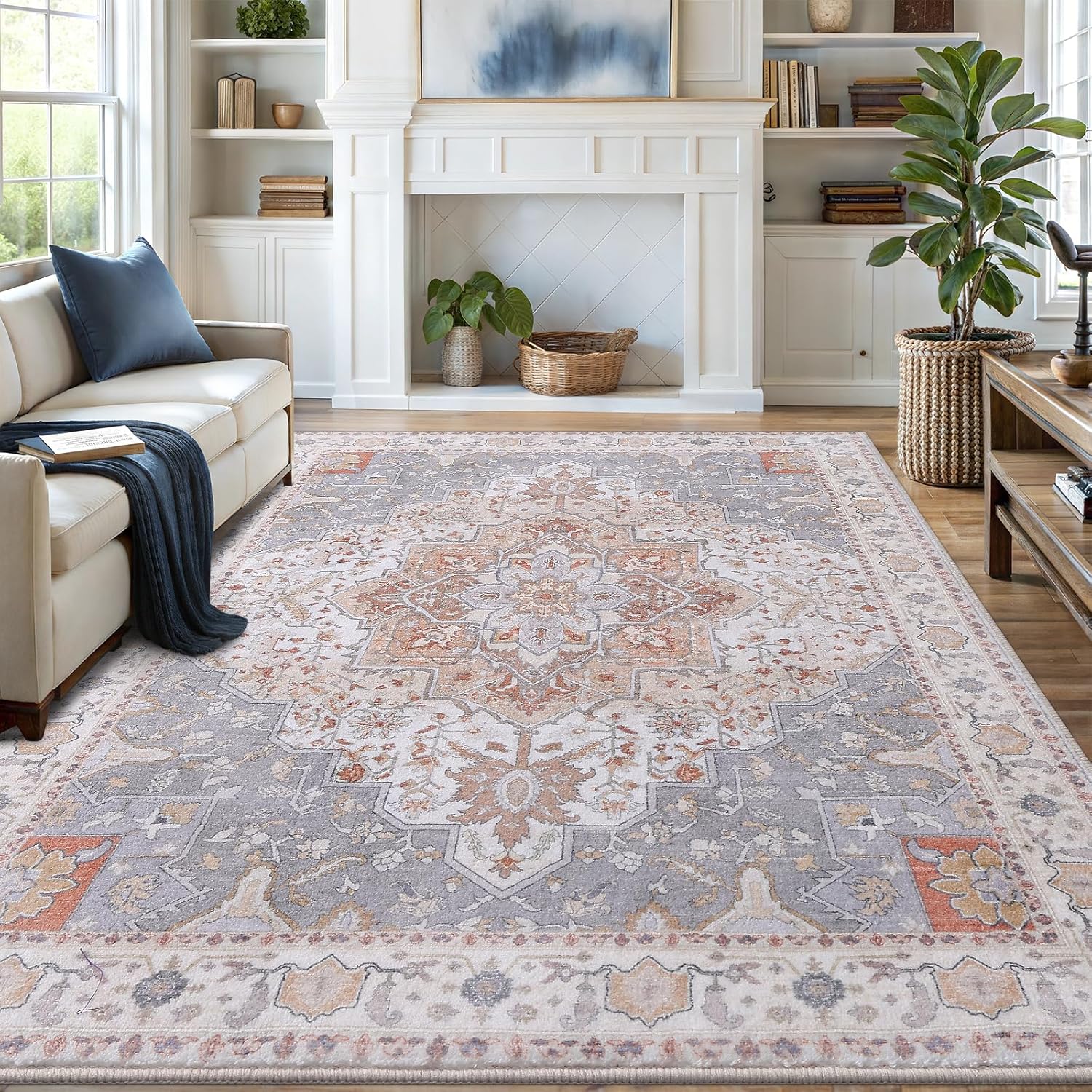To maintain floors in historic homes, regularly clean, avoid excess moisture, and use appropriate restoration techniques to preserve their integrity.
Preserving original flooring in historic homes requires specialized care to maintain authenticity while ensuring longevity. Unlike modern floors, antique wood, tile, and other period-appropriate materials demand gentle treatment and historically accurate maintenance techniques.

Understanding Historic Floor Materials
Most historic homes feature wood flooring made from old-growth timber like oak, maple, or fir. These materials differ significantly from modern wood products:
- Old-growth wood has tighter grain patterns
- Original floors were typically 3/4″ thick (vs. modern 1/2″ flooring)
- Many feature tongue-and-groove construction with face-nailing
Common Historic Floor Types
| Era | Flooring Type | Characteristics |
|---|---|---|
| Pre-1900 | Wide-plank pine | Unfinished or oil/wax finish, often 8-12″ wide boards |
| 1900-1930 | Oak strip flooring | 2-1/4″ widths, shellac or varnish finish |
| 1930-1950 | Parquet patterns | Geometric designs with asphalt adhesive backing |

Proper Cleaning Techniques
Modern cleaning products can damage historic floors. Instead, use gentle solutions:
- For wood: Mix 1/4 cup organic castile soap with 1 gallon warm water
- For tile: Use pH-neutral cleaners or natural solutions
- Avoid steam mops on wood floors – moisture can damage old finishes
According to preservation experts at the Wisconsin Historical Society, original wood floors should only be damp-mopped, never soaked.
Daily Maintenance Routine
- Use soft-bristle brooms or vacuum with hardwood-safe attachments
- Place walk-off mats at all entrances
- Immediately wipe spills with dry cloth
- Use felt pads under furniture legs
Restoring Original Finishes
Historic floors typically had one of three finishes:
- Linseed oil and beeswax (pre-1900)
- Shellac (1900-1930s)
- Early polyurethanes (post-1930s)
Refinishing Considerations
Before refinishing:
- Test finish type in inconspicuous area
- Consider screening instead of sanding for thin floors
- Match original sheen (typically satin, not high-gloss)
- Use breathable finishes for previously oiled floors
Repairing Damaged Sections
For authentic repairs:
- Salvage wood from closets or less visible areas
- Source reclaimed lumber matching original species
- Hand-scrape damaged areas instead of sanding
- Use hide glue for period-correct adhesive
The National Park Service’s Preservation Briefs recommend epoxy consolidation for deteriorated wood before filling and refinishing.
Protecting Floors Long-Term
To preserve historic floors for future generations:
- Maintain consistent humidity (35-55%)
- Limit UV exposure with window treatments
- Implement no-shoe policy indoors
- Schedule professional assessment every 5 years
Remember that original floors contribute significantly to a historic home’s character and value. With proper care, these architectural treasures can last centuries while maintaining their authentic appearance.

